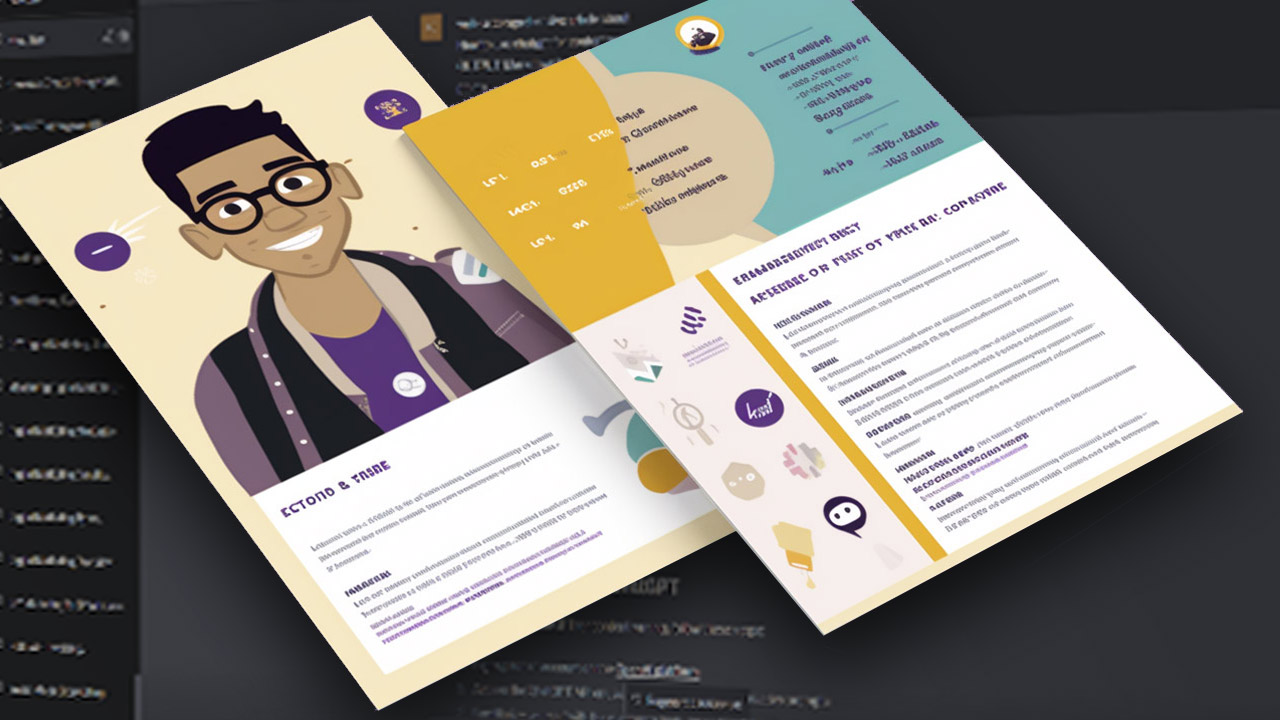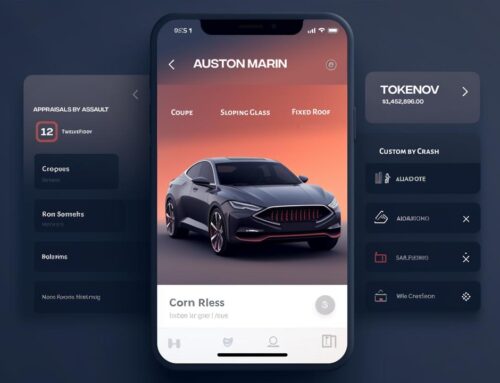Creating a tailored content strategy is essential for reaching your target audience effectively. By combining user personas with the power of ChatGPT, you can generate keyword ideas that resonate with your audience. In this comprehensive guide, we’ll cover the steps to create user personas and utilize ChatGPT to generate keyword ideas.
Table of Contents
- Understanding User Personas
- Creating User Personas
- Generating Keyword Ideas with ChatGPT
- Analyzing and Refining Keywords
- Implementing Keywords into Your Content Strategy
1. Understanding User Personas
User personas are semi-fictional representations of your target audience, created to help you understand their needs, motivations, and pain points. By developing user personas, you can create more targeted and relevant content.
Key Components of User Personas
- Demographics
- Age
- Gender
- Location
- Occupation
- Psychographics
- Interests
- Hobbies
- Values
- Lifestyle
- Goals and Challenges
- Personal and professional goals
- Pain points
- Obstacles
- Preferred Channels
- Social media platforms
- Websites
- Communication methods
2. Creating User Personas
To create user personas, gather information from various sources, such as customer surveys, interviews, and analytics data. Use this data to create a comprehensive profile that represents your target audience.
Steps to Create User Personas
- Define your target audience
- Collect data through research and interviews
- Identify patterns and trends
- Create detailed persona profiles
- Validate and refine personas with user feedback
3. Generating Keyword Ideas with ChatGPT
Now that you have your user personas, it’s time to generate keyword ideas that resonate with them. ChatGPT can be a powerful tool for generating relevant keywords based on your personas.
How to Use ChatGPT for Keyword Generation
- Identify the main topics and interests of your user personas
- Create a set of seed keywords based on these interests
- Use ChatGPT to generate keyword variations and ideas
- Provide a brief description of the user persona and their interests
- Input the seed keywords and request keyword ideas
- Collect and organize the generated keywords
4. Analyzing and Refining Keywords
After generating a list of keywords, it’s important to analyze and refine them to ensure their effectiveness.
Keyword Analysis Criteria
- Relevance: Ensure the keywords are relevant to your user personas’ needs and interests
- Search Volume: Determine if the keywords have sufficient search volume to attract traffic
- Competition: Evaluate the competition for the keywords and assess if it’s worth targeting
- Intent: Analyze the search intent behind the keywords to ensure they align with your content goals
Refining Your Keywords
- Group keywords by topic or theme
- Prioritize keywords based on analysis criteria
- Identify long-tail keywords and variations
- Remove irrelevant or low-value keywords
5. Implementing Keywords into Your Content Strategy
With a refined list of keywords, it’s time to integrate them into your content strategy. This will help you create content that is both valuable and engaging for your target audience.
Steps to Implement Keywords into Your Content Strategy
- Map keywords to existing content
- Identify gaps and opportunities for improvement
- Optimize existing content with relevant keywords
- Develop a content calendar
- Plan and schedule content creation based on priority keywords
- Balance evergreen and trending topics to keep your content fresh
- Create targeted content
- Craft content that addresses the specific needs and interests of your user personas
- Incorporate keywords naturally and strategically throughout the content
- Promote content on relevant channels
- Share your content on the preferred channels of your user personas
- Leverage social media, email marketing, and other promotional methods to reach your audience
- Monitor and analyze performance
- Use analytics tools to track keyword rankings, traffic, and engagement
- Continuously refine your content strategy based on performance data
By following these steps, you can generate ChatGPT keyword ideas tailored to your user personas and create a content strategy that effectively reaches and engages your target audience. Remember to continuously refine and adapt your strategy to ensure ongoing success.










